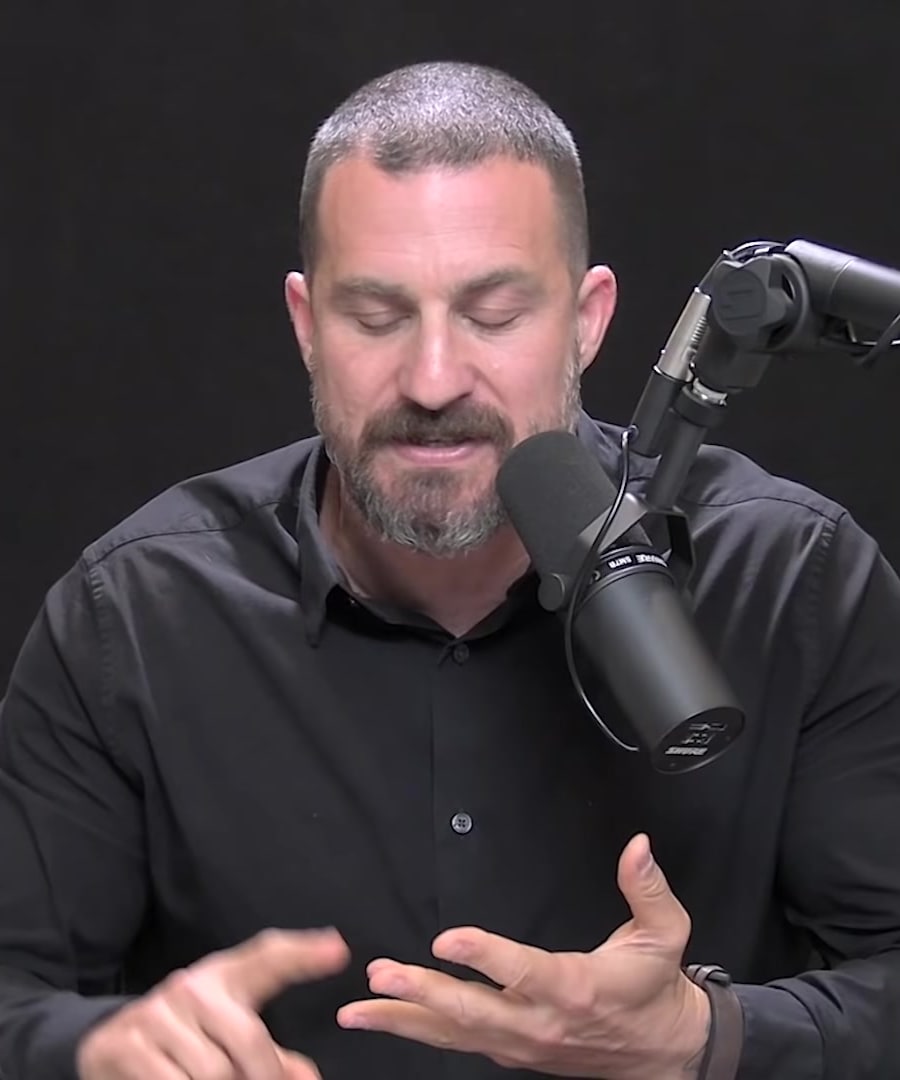What is non-sleep deep rest? (NSDR)
Sources:
Non-Sleep Deep Rest (NSDR) is a term coined by to describe various protocols that promote better brain and body function by inducing a state of deep relaxation without sleeping. These protocols include meditation, yoga nidra, and hypnosis. NSDR facilitates a deliberate shift towards deeper relaxation and is supported by robust scientific literature, especially regarding regular meditation practices. highlights hypnosis as a unique NSDR tool because it can be directed towards specific goals and outcomes, enhancing not just relaxation but also learning and plasticity within the brain 1.
NSDR is notably beneficial for restoring cognitive and physical vigor, aiding in learning, and even compensating for lack of sleep. It is considered an effective tool for anyone struggling with sleep disturbances, anxiety, or self-regulation issues 1 2.
Furthermore, practices like yoga nidra under the NSDR umbrella are noted to boost dopamine levels, which play a key role in our motor and cognitive functions. Using these NSDR protocols, particularly when facing sleep deficits, can help one regain mental clarity and physical readiness 3.
RELATED QUESTIONSWhat are the benefits of non-sleep deep rest?
Sources:
Non-Sleep Deep Rest (NSDR) provides several significant benefits, as discussed in the :
-
Restoration of Vigor: NSDR helps restore both cognitive and physical vigor, making it very effective for those feeling depleted or in need of a recovery boost. It can also offset some of the deficits caused by sleep loss 1.
-
Improved Sleep Quality: Practicing NSDR can improve one's ability to fall asleep and stay asleep. It's a simple and zero-cost protocol that enhances sleep quality 1.
-
Increased Dopamine Levels: Specific protocols like yoga nidra have been shown to increase dopamine levels in the brain by up to 60%. This boost in dopamine can enhance motivation and cognitive control 1.
-
Accelerated Learning and Plasticity: NSDR, particularly through methods like hypnosis, has been shown to enhance neuroplasticity and accelerate learning processes. This makes it a valuable tool for education and personal development 2.
-
Anxiety and Stress Reduction: NSDR is highly beneficial for individuals experiencing anxiety or difficulties with self-regulation. It helps direct the brain and body into states of deep relaxation, which can alleviate stress and anxiety 3.
-
Cost-Effective and Accessible: NSDR practices are usually free and can be found easily online, making them accessible to a wide audience without financial barriers 3.
These benefits highlight NSDR's role not just in rest and relaxation but also in enhancing general well-being and performance in various aspects of life.
RELATED QUESTIONS-
How is NSDR different from meditation?
Sources:
Non-Sleep Deep Rest (NSDR) and meditation are related but distinct practices that serve different purposes and function differently in the brain.
Focal Points:
-
Meditation: Usually, meditation involves a focus or refocus practice, often centered on interoceptive awareness (internal states) or exteroceptive attention (external environment). It generally involves active engagement of the prefrontal cortex, which maintains attention and focus, and can sometimes interfere with the ability to fall asleep if practiced too close to bedtime 1 2.
-
NSDR: In contrast, NSDR practices like Yoga Nidra focus on defocusing or anti-focus. These methods lead to a state of deep relaxation with very low or no active engagement of the prefrontal cortex. NSDR aids in self-regulation and relaxation, which can be particularly beneficial in clinical settings, such as helping individuals with addiction by promoting better impulse control and aiding sleep 3.
Practical Applications:
- Application in Clinical Settings: NSDR can be particularly effective in therapeutic settings or for those needing a significant reduction in physiological arousal, making it suitable for treating conditions like addiction or high stress 3.
- Time of Practice: Meditation practices might disrupt sleep when performed near bedtime due to their engaging nature, while NSDR protocols, because of their relaxing nature, are generally more flexible regarding timing relative to sleep 2.
In summary, while both practices aim to manage stress and enhance focus, the techniques and mechanisms by which they operate in the brain and affect the body are quite different. This distinction makes them suitable for different types of goals and times of day.
RELATED QUESTIONS-
What is non-sleep deep rest? (NSDR)
- RELATED QUESTIONS
What are the benefits of non-sleep deep rest?
- RELATED QUESTIONS
How is NSDR different from meditation?
- RELATED QUESTIONS





